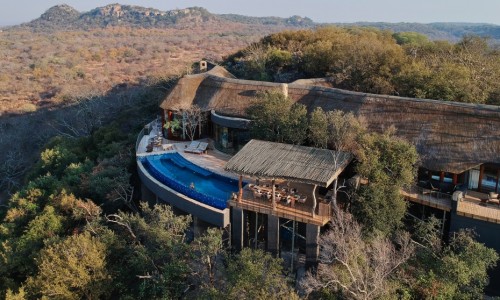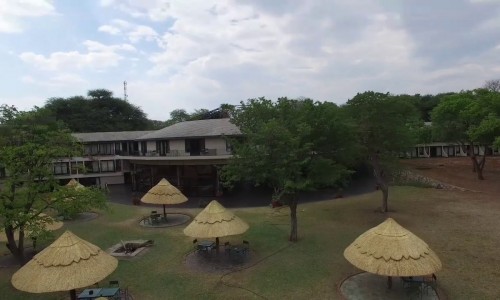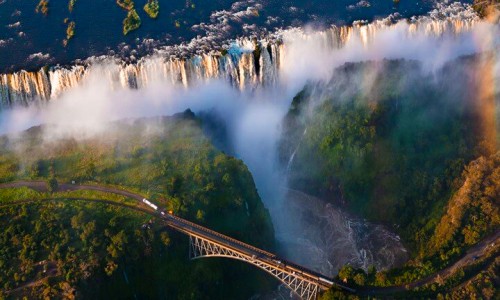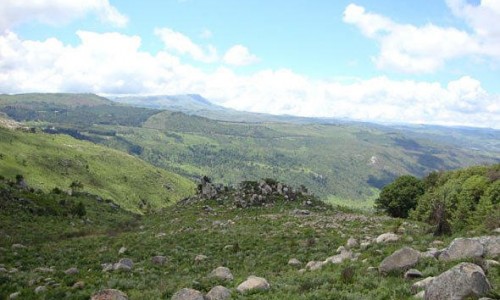Description
The Chinhoyi Caves are a group of caves near the town of Chinhoyi, Zimbabwe. They are located approximately 8 km north of the town of Chinhoyi, and 128 km north-west of Harare, the capital of Zimbabwe. The Chinhoyi Caves are the most extensive cave system in Zimbabwe that the public can access, and were designated a National Park in 1955.
The Chinhoyi Caves are named after a local chief who used them as a refuge from Ndebele raiders. Until a few years ago the remains of Chief Chinhoyi's grain bins could be seen in some of the underground passages. Excavations in and near the caves have revealed that people have stayed in and near the caves from early times. Pottery and human remains were unearthed from the area which radio-carbon dated around AD650.
The Chinhoyi Caves are composed of limestone and dolomite, and consist of a system of tunnels and caverns, the extent of which is still unknown. With time and erosion, it is clear that this system is slowly collapsing. This can be witnessed by the sink holes and depressions within the surrounding areas. The main feature of the Chinhoyi Caves is known as “The Wonder Hole”, which is in fact a large cavern with a collapsed roof. The walls (or sides) of the Wonder Hole drop vertically down for 150 feet to “The Sleeping Pool” or Chirorodziva (Pool of the Fallen). The descent to this pool, with its sparkling cobalt surface is very impressive.
Research has revealed that the depth of the water in the Sleeping Pool varies between 80 metres and 91 metres. This fluctuation in depths is attributable to the amount of rainfall received in a particular season. Several under water passages have been found leading from the Bat Cave, a sub-chamber of the Dark Cave, to another room known as the Blind Cave, but all of these so far explored lead back into the Sleeping Pool. Diving is fantastic in the Chinhoyi Caves all year round, with temperatures never below or above 22 - 24 Degrees Celsius, with zero thermocline. Visibility is incredibly good; 50 metres and above is not unusual.














